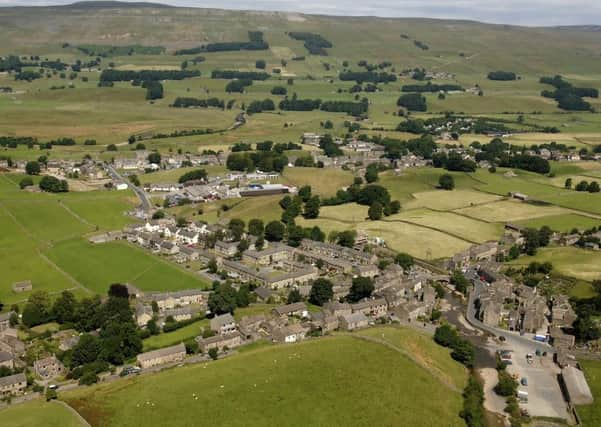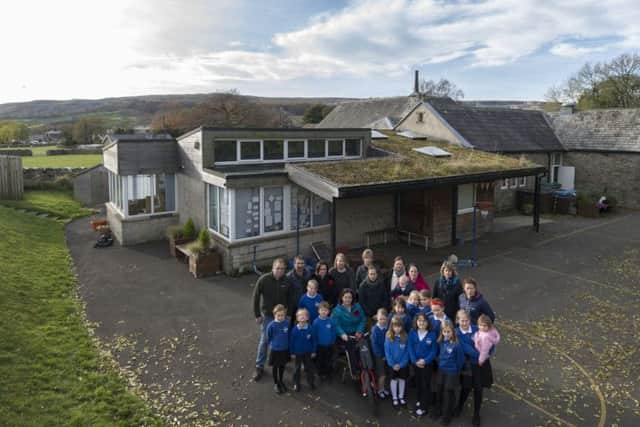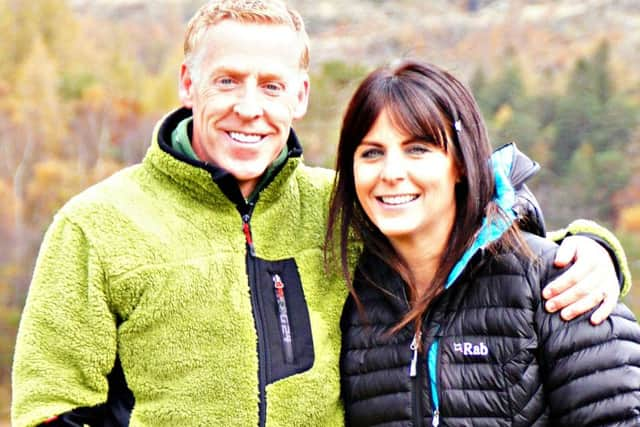Escape to the country? In Yorkshire it'll cost £51,000 more


Swapping the bright lights of the city for the rolling countryside comes at a cost - a rural premium - and new figures show just how high that price is.
Anyone dreaming of relocating to rural Yorkshire can typically expect to pay £212,355 - £51,761 more than for a home in an urban area of the county.
Advertisement
Hide AdAdvertisement
Hide AdMartin Ellis, economist at Halifax bank which published the figures, said: “The countryside continues to attract homeowners inspired by open spaces, a cleaner environment and the prospect of a potentially greater quality of life. However, turning such dreams into reality typically comes at a cost with the average rural property 20 per cent higher than in urban areas.”


House prices are part of a problem which threatens the future of deeply rural communities, the head of sustainable development at the Yorkshire Dales National Park Authority, Peter Stockton, said.
For the first time in 40 years, Census data has revealed a falling population in the National Park and Mr Stockton said: “We are facing a situation where not only can young people in the area not afford to stay here, it is not balanced by people coming into the area. When we look outside the National Park we see in northern England at least a movement out of rural areas.
“We need to get people back and it’s almost an issue of it doesn’t matter who. Ideally it’d be locals but we’re in a situation where we need younger households, which is now having an affect on school rolls.”
Advertisement
Hide AdAdvertisement
Hide AdAn example is the proposed closure of Horton-in-Ribblesdale primary school in North Yorkshire which has 15 pupils and which the county council and the Diocese of Leeds and Bradford say is no longer financially viable.


Mr Stockton said: “The North of England has an excess of infrastructure, capacity to absorb people but they aren’t coming here, partly because of house prices but more to do with access to other services.”
Jules Marley, regional chairman of the Campaign to Protect Rural England, rued the loss of young families from rural Yorkshire.
“We have to have them because we need to keep farming alive. Farming goes hand in hand with tourism. If we don’t look after farms, people won’t come to the countryside. If we don’t get people coming to live and work here, how are we going to maintain our existing businesses?”
Advertisement
Hide AdAdvertisement
Hide AdDespite paying a rural premium to move from York to a farmhouse in Everingham, East Yorkshire, city businessman-turned-farmer Shaun McKenna does not regret the move he and his wife Wendy made in 2014.


The couple installed satellite technology to overcome a lack of broadband and pay extra for electricity, but Mr McKenna, who writes about rural life every weekend in the Country Week section of Saturday’s Yorkshire Post, said: “We knew there was going to be extra cost, less resources and sacrifices but it is absolutely worth it and we would encourage other people to take these steps.”
The difference between the average cost of buying in rural Yorkshire and its towns and cities is more than £51,000 - 32 per cent more - far higher than the national average of £43,000.
The biggest rural premiums tend to be in the West Midlands (42 per cent), while the smallest difference is in the east of England (10 per cent).
Advertisement
Hide AdAdvertisement
Hide AdWhile the rural premium remains high, it has fallen in recent years.


In 2011, buyers could expect to pay 30 per cent more or £44,588 more to live in the countryside compared with an urban area, and the narrowing gap is explained by faster house price growth in urban areas, the Halifax said.